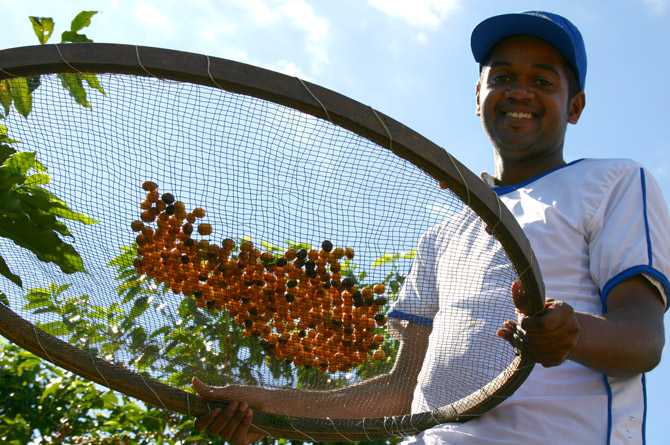Although the 2018/19 harvesting was at a good pace in Brazil in June, only a few batches with new coffee were traded in the spot market, since most agents were retracted, reports CEPEA in its latest report.
As for sellers, most farmers were not happy with the price levels and were focused on fieldwork.
Thus, they only made the product available when in need of cash flow for fieldwork.
Exporters, in turn, should wait for larger volumes of new coffee to enter the market to acquire larger amounts.
Prices
The domestic quotes for arabica coffee decreased in late June, reflecting international price drops for that variety. The international market, in turn, was influenced by favorable weather to the harvesting in Brazil and dollar at high levels.
On June 29, the CEPEA/ESALQ arabica coffee Index closed at 451.14 BRL (116.42 USD) per 60-kilo bag, downing 1.2% compared to that on May 30.
Regarding robusta, prices were pressed down by futures devaluations. The CEPEA/ESALQ Index for the robusta type 6, screen 13, Espírito Santo State, closed at 337.22 BRL (87.02 USD) per bag on June 29, 0.73% down in the month.
Despite occasional problems in some regions, agents expect a large 2018/19 crop in Brazil, estimated by the USDA at around 60.2 million 60-kilo bags.
Although global consumption should reach record levels, at 163.2 million bags, higher production in Brazil should allow global inventories to increase by 11.6% in the next season, at 32.8 million bags, which may press down quotes in the coming months.
Remaining coffee
While the trading pace for the 2018/19 crop slowed down in Brazil, most coffee remaining from the 2017/18 season has already been traded.
In almost all regions surveyed by Cepea, the amount of coffee still with farmers and cooperatives is around 10% of the output. Many farmers are taking advantage of higher dollar levels to trade.


















